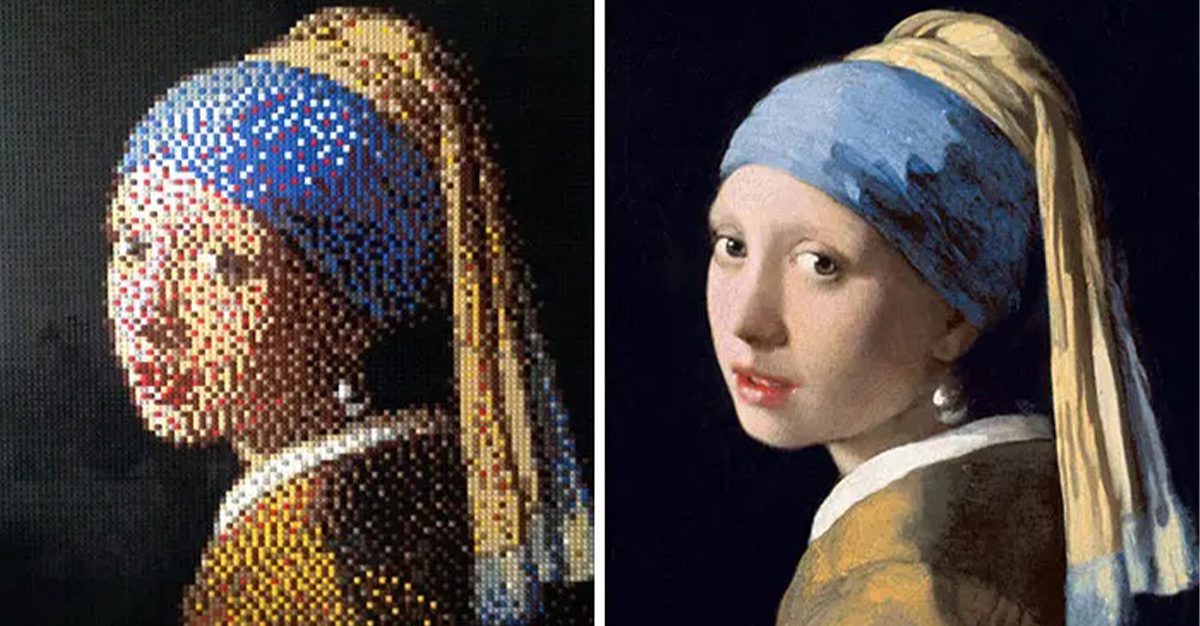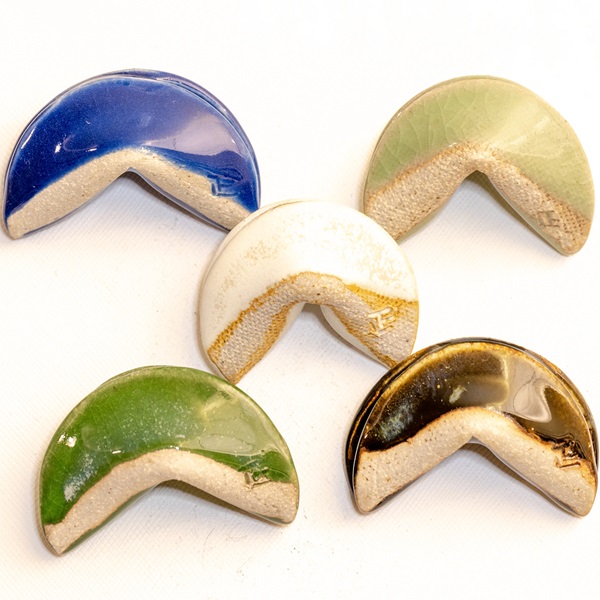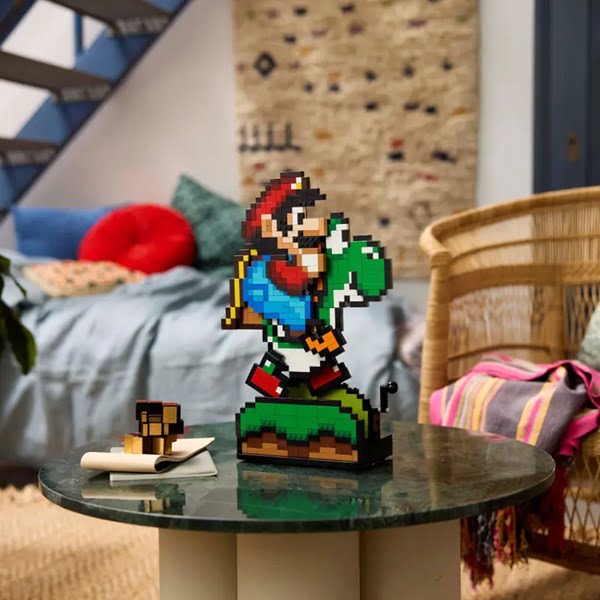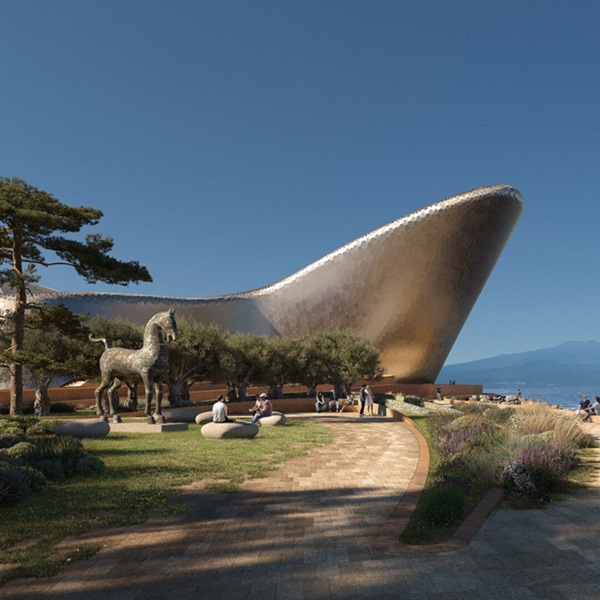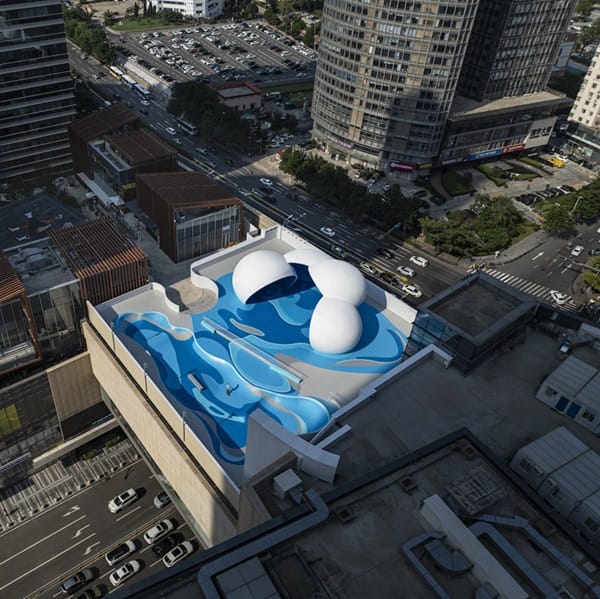
Leonardo Da Vinci – “Mona Lisa” One Of The Best Lego Designs
The Mona Lisa is a portrait painting by Italian Renaissance artist Leonardo da Vinci, which he describes as “the best known, most visited, most sung, most read artwork.” Mona Lisa is also one of the most valuable paintings in the world. Additionaly, the highest-known insurance valuation in history holds the Guinness World Record.
Hokusai – “Great Wave Off Kanagawa”
Hokusai’s most famous work and one of the most well-known works of Japanese art in the world.
Gustav Klimt – “The Kiss”
Kiss is an oil painting with the silver and gold leaf of The Austrian symbolist painter Gustav Klimt and was painted during Klimt’s “Golden Period”, i.e. between 1907 and 1908. Moreover, the picture shows a pair embracing each other. The painting is considered Klimt’s most famous work now turned into one of the lego designs on our list.
Edvard Munch Lego Designs – “The Scream”
Scream is a popular name given to an essay created by Norwegian Edvard Munch in 1893. His original title, “Der Schrei der Natur”, given his work by Munch, was “The Scream of Nature.” Undoubtedly the painful face in his painting has become one of the most iconic images of art, said to symbolize the anxiety of modern man.
Exekias – “The Vatican Amphora
Vatican Amphora depicts Achilles and Ajax playing games. Ajax and Achilles sit opposite each other and look at a block positioned between them. Furthermore the board game they play can be a form of backgammon or checkers. His armor and spears clearly show the idea that they can go back to war at any time.
Grant Wood – “American Gothic”
American Gothic is a 1930 painting by Grant Wood, a collection of The Art Institute of Chicago. Notably, he depicts a farmer standing next to a woman who’s been interpreted as her sister.
Leonardo Da Vinci – “The Last Supper”
The Last Dinner is the 15th edition of Italian artist Leonardo da Vinci, hosted by the dining hall of the Santa Maria Delle Grazie Monastery in Milan, Italy. It’s a 19th-century mural. It is undoubtedly one of the most recognizable paintings in the Western world. The work, along with the apostles, represents a scene from Jesus’ Last Supper.
Augustus Of Prima Porta
Augustus of Prima Porta is a marble 2.03m-high marble statue of Augustus Caesar, one of the first ancient Roman emperors discovered at the Livia Villa in Prima Porta, near Rome, on April 20, 1863. The statue is now on display in Braccio Nuovo. Notably, it presents Augustus in a highly idealized form, emphasizing his divine and heroic qualities, rather than a realistic depiction of his age and appearance.
Johannes Vermeer – “Girl With A Pearl Earring”
The Girl with the Pearl Earring is one of the masterworks of Dutch painter Johannes Vermeer. And today the painting is being held at the Mauritshuis gallery in The Hague. Some are referred to as the “Mona Lisa of the North” or “Dutch Mona Lisa”.
Mount Rushmore National Monument
Mount Rushmore National Monument is made up of statues carved into the granite face of Mount Rushmore in the Black Hills on Keystone in South Dakota. Sculptor Gutzon Borglum designed the statues and oversaw the project with the help of his son Lincoln Borglum from 1927 to 1941. Furthermore the statue features the 18-foot George Washington, Thomas Jefferson, Theodore Roosevelt, and Abraham Lincoln. The four presidents were elected to represent the birth, growth, development, and protection of the United States, respectively.
Michelangelo – “The Creation Of Adam”
Adam’s Creation is a fresco painting by Italian artist Michelangelo, who forms part of the ceiling of the Sistine Chapel. It shows the biblical narrative of creation from the Book of Creation, in which God gave life to Adam, the first man. Part of an outdoor detailed iconographic diagram, the fresco is the fourth chronology of the panel series that shows parts of Genesis. The image of God and Adam’s touching hands has become iconic to humanity. Undoubtedly Michelangelo’s Creation of Adam is one of the most copied religious paintings of all time.
Vincent Van Gogh – “Starry Night”
Starry Night, is Dutch painter Vincent Van Gogh’s work on canvas. The painting, painted in June 1889, shows the view of the east-facing window of the shelter in Saint-Rémy-de-Provence just before sunrise, with the addition of an idealized village. Furthermore, starry Night is one of the most well-known paintings in Western cultural history.
Thutmose – “Nefertiti Bust”
The Nefertiti Bust is a plaster-covered limestone bust of The Great Royal Wife of The Egyptian Pharaoh Akhenaten. It is thought that the study was done by the sculptor Thutmose. Additionaly, thanks to this bust, Nefertiti is one of the most famous women in the ancient world and has become a symbol of feminine beauty.
Auguste Rodin – “The Thinker”
The Thinking Man is a bronze statue of Auguste Rodin, placed on a stone pedestal. Futhermore it is often used as an icon that describes philosophical thought.
Van Gogh – “Self Portrait”
The portrait is a painting of oil painting on canvas that artist Vincent van Gogh made in 1889. Van Gogh’s latest self-portrait was painted shortly before leaving Saint-Rémy-de-Provence in southern France.
Leonardo Da Vinci – “Vitruvian Man”
The Man of Vitruvius, created by the Italian polymath Leonardo da Vinci in 1490, holds significance as Vitruvius described the human figure as the main source of proportion in classical architectural schemes.
Salvador Dali – “The Persistence Of Memory”
The Tenacity of Memory or Melting Clocks is one of the most well-known works by Spanish artist Salvador Dalí in 1931. Sold for $250 in 1932, the painting has been on display at the National Museum of Art in New York since 1934.

